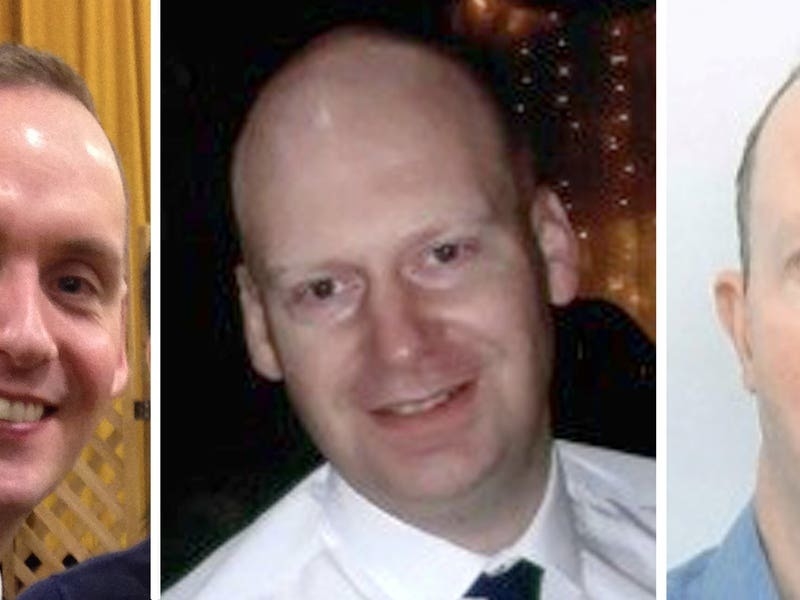The pollution is linked to 10,000 tonnes of arsenic-contaminated wood chippings which were made at the site.The use and distribution of the chippings is still the subject of a police investigation after they polluted a well in St John.Health president Senator Stuart Syvret has described the Crabbé pollution as an ‘environmental catastrophe’ and has vowed to fight any proposal to spread the compost on agricultural land – an option which will be discussed by three committees at a joint meeting on 18 July.’Let there be no mistake, the days are over when States departments simply went along with one another and assisted in covering up the other’s serious mistakes and grave errors.
Other departments are going to have to realise that,’ he said.The option of disposing of the contaminated material by spreading it on land is opposed in a report written for Senator Syvret’s committee by deputy medical officer of health Duncan Nicholson.Dr Nicholson’s report says:1, A lifetime exposure to water at 10ug of arsenic per litre will result in six skin cancers per 100,000 people2, Exposure at 50ug per litre could lead to a cancer risk of one in a 1003, Test bore holes near Crabbé have shown levels of up to 1,500ug per litre.Dr Nicholson has recommended to his committee that they do not support the spreading of the compost because adding it to soil will raise arsenic levels, however slightly.’The arsenic will be diluted when mixed with soil and any arsenic in leachate will be diluted many times before reaching drinking water supplies.
Nevertheless spreading these composts to land adds to the total environmental burden of a class A carcinogen,’ reads the report.’The long term hazards posed by arsenic have been recognised only relatively recently and it is not yet possible to assess their real significance.
Acceptable levels are sliding down.
Adding arsenic to the environment contributes a small, unquantifiable but clear risk to human health.’Spreading the compost on land is believed to have been deemed acceptable by UK experts WRC in a report commissioned by the Agriculture and Fisheries Department.This month’s meeting of the Water Resources steering group will be chaired by Environment and Public Services president Deputy Maurice Dubras.He said today: ‘I have not seen the report to which you refer but it will be one of a number to be discussed by the group.
The WRC report does convey a sense that it (spreading) would be acceptable but that’s one of the options.
The whole purpose of the steering group is to ensure that the various views are shared and discussed around the table.’Senator Syvret says a better – though much more expensive – option would be to make the Crabbé site safe to prevent further pollution and for the material to be stored there until the new Bellozanne incinerator is built and it can then be systematically burned.






